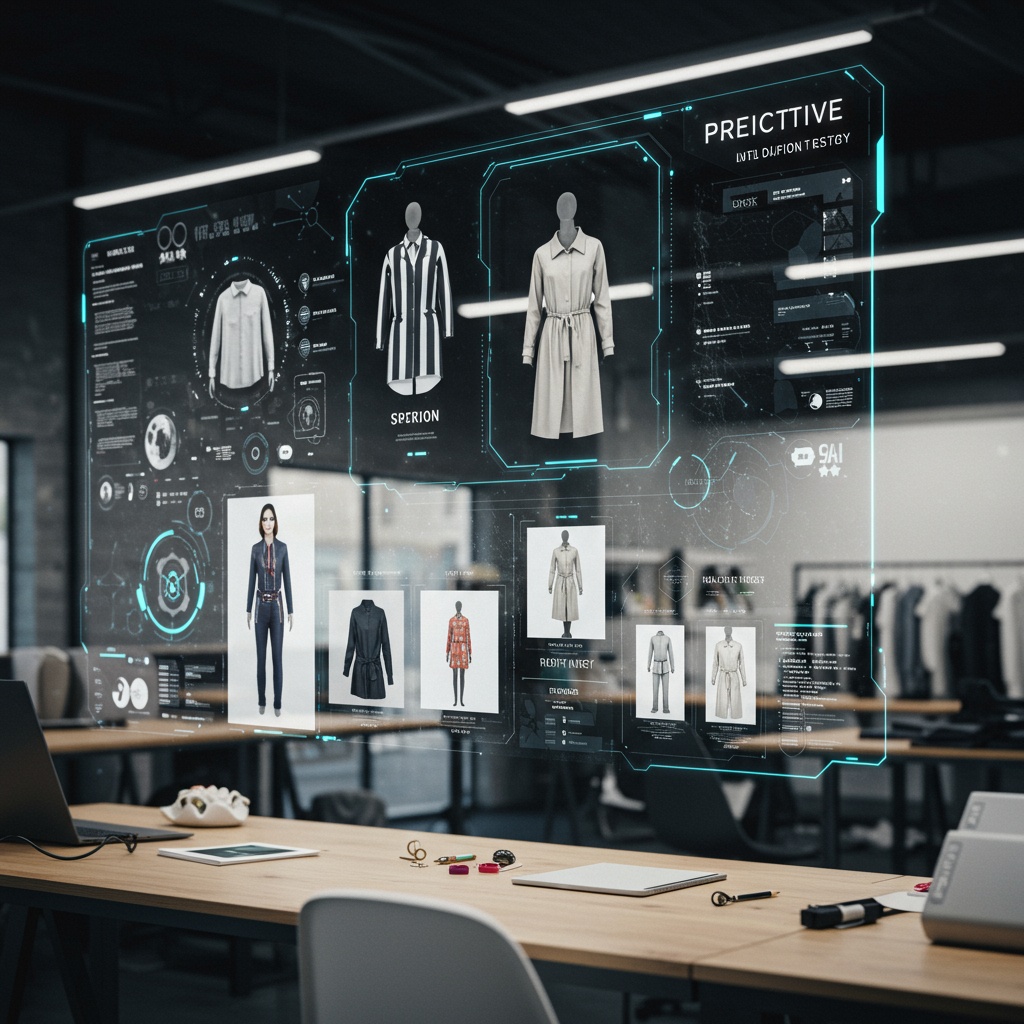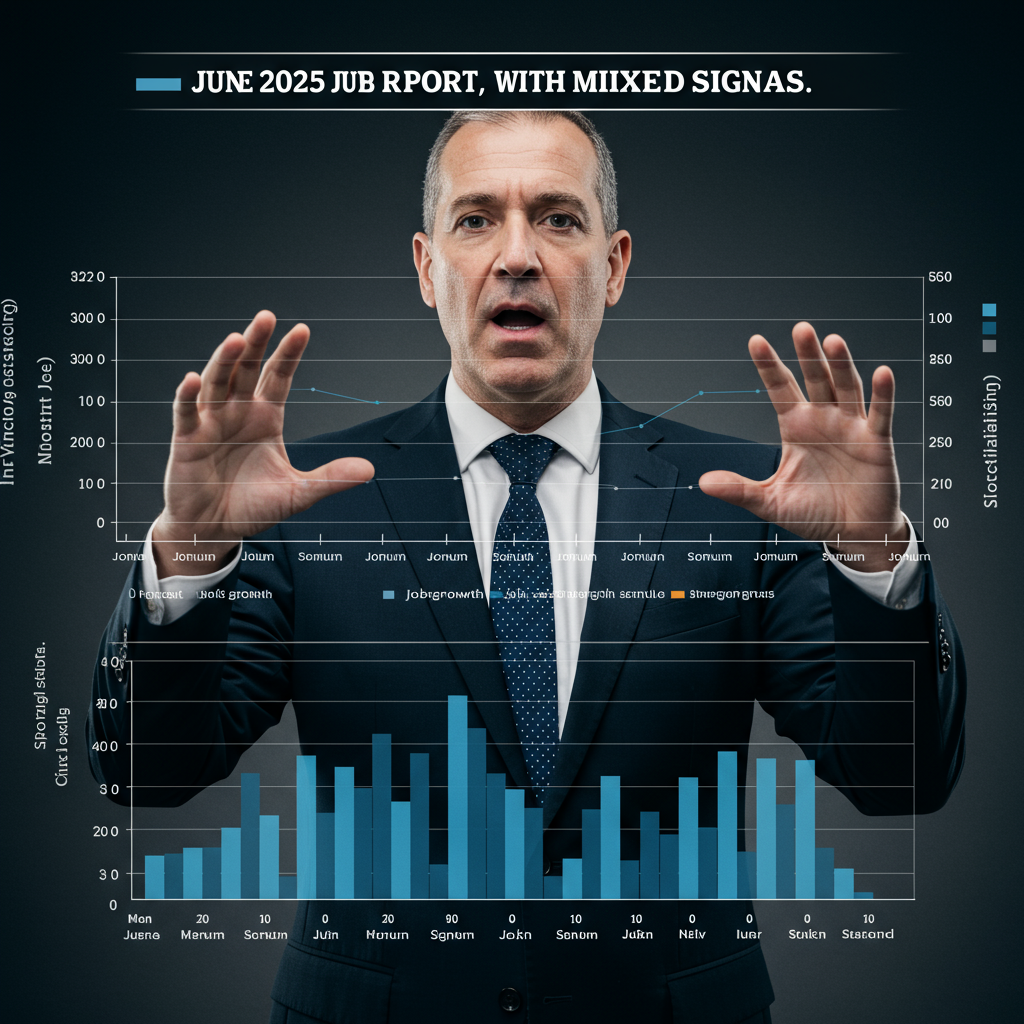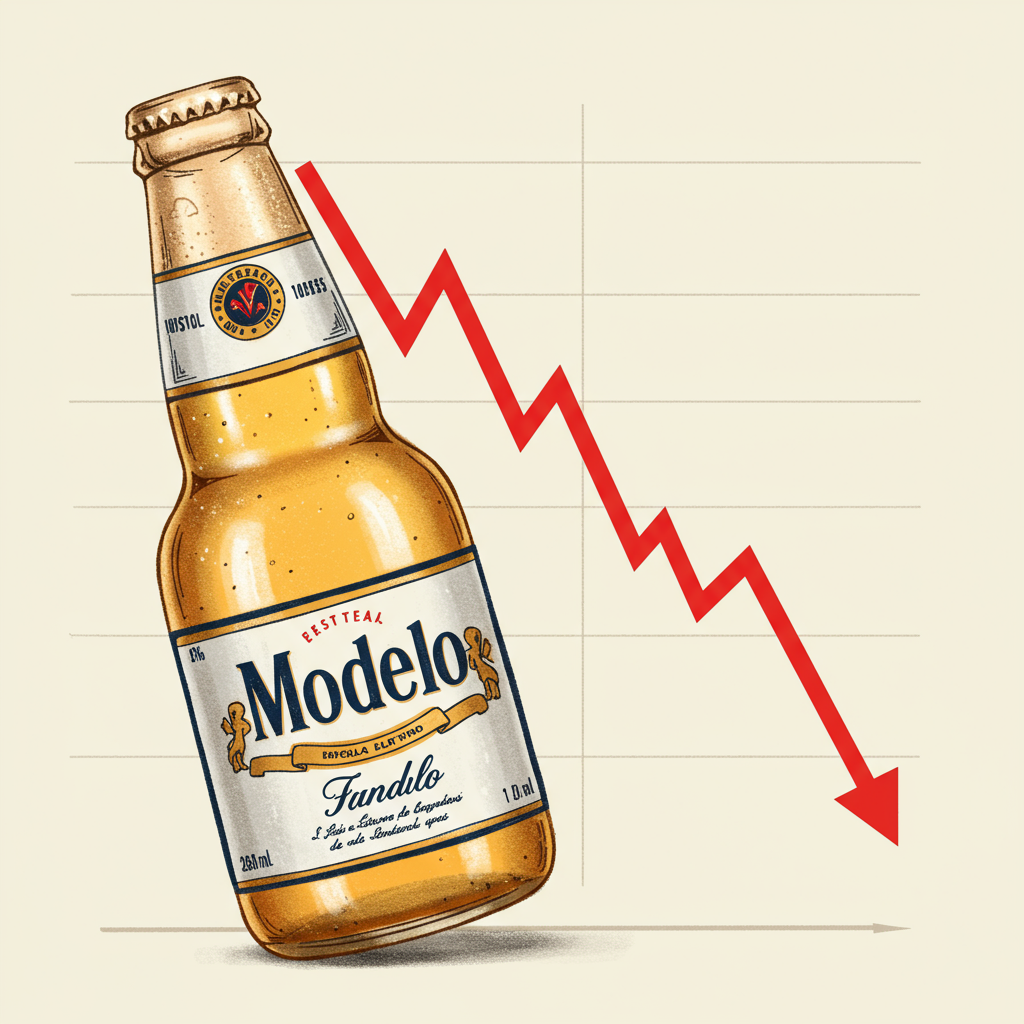The fashion industry, a dynamic realm of creativity and commerce, is undergoing a revolutionary transformation. Once the exclusive domain of elite forecasters and influential magazine editors, trend prediction is now being powerfully augmented by artificial intelligence (AI). This technological leap helps brands navigate an increasingly complex, data-rich landscape, promising not just to anticipate the next big style but to redefine how clothes are designed, produced, and sold. AI offers unparalleled insights, enabling businesses to stay ahead in a market valued at over $780 billion in 2024, a figure projected to more than double within six years.
Social media platforms like TikTok, Instagram, and Pinterest have profoundly reshaped how trends emerge and spread. These platforms generate a deluge of data, accelerating trend cycles and compelling fashion players to adopt AI for competitive advantage. Online fashion retailer Stitch Fix, for example, harnessed AI to quickly decide between a red or blue stripe shirt for an upcoming season. This process, previously slow and costly, delivered an immediate, on-body visualization, leading to a swift, data-backed decision for blue. This efficiency highlights AI’s practical application in a fast-paced retail environment.
Unlocking Future Styles: How AI Algorithms Predict Trends
AI’s prowess in fashion trend prediction stems from its ability to process and analyze vast datasets at an unprecedented scale. These sophisticated algorithms mine information from diverse sources, including traditional runway shows, real-time social media interactions, sales data, and even broader cultural shifts. By analyzing this rich tapestry of information, AI can detect nascent trends months before they hit mainstream markets.
Heuritech, a Paris-based company working with brands like New Balance and Prada, exemplifies this capability. Their models track everything from haute couture showcases to viral social media content, identifying early signals. Heuritech successfully predicted the rise of dotted prints, flat-thong sandals, and the color yellow as emerging trends, all of which later appeared on fashion week runways and are now filtering down to mass-market retailers. This demonstrates AI’s predictive accuracy and its role in informing procurement decisions for brands big and small.
Beyond Prediction: AI’s Transformative Impact on the Industry
While trend forecasting is a significant application, AI’s influence stretches across the entire fashion value chain. It’s reshaping everything from customer engagement to supply chain logistics.
Personalized Customer Experiences: AI powers hyper-personalized shopping journeys. Virtual try-on tools, developed by companies like Revery AI and StyleScan, allow customers to customize virtual models and “try on” clothes digitally. This enhances the online shopping experience, reducing returns by up to 40% for implementing brands. AI-driven recommendation engines, similar to those used by streaming services, also suggest products based on past behavior, increasing customer satisfaction and loyalty.
Revolutionizing Design and Production: Generative AI is changing how designers work. Companies like RushOrderTees utilize OpenAI’s GPT-3 and StyleGan to design new clothing and predict future styles for 2030. These AIs generate text outputs for trends, which are then converted into images by StyleGan, refined by human designers. This collaborative approach leads to highly stylish and wearable AI-designed outfits, with surveys showing high consumer acceptance. Finesse, another innovator, uses algorithmic designs and 3D modeling software to rapidly produce small runs of gender-neutral clothing, significantly reducing waste and costs associated with sample creation.
Optimizing Operations and Supply Chain: AI provides real-time insights to optimize inventory levels, refine pricing strategies, and streamline supply chains. It can predict demand fluctuations, manage vendor interactions, and even automate negotiations, leading to greater efficiency and profitability. This frees human teams to focus on strategic, higher-value tasks, enhancing overall operational agility. Walmart, for instance, uses AI to autonomously manage inventory and offer real-time, targeted customer recommendations.
The Indispensable Human Element: Why AI Needs Human Intuition
Despite AI’s sophistication, a crucial consensus among industry experts is that it cannot operate as a standalone solution for fashion prediction or any other complex business function. As Noémie Voyer of Heuritech states, “While our AI is extremely sophisticated, the human [aspect] still remains essential.”
Francesca Muston, Chief Forecasting Officer at WGSN, emphasizes that AI can “supercharge” human efforts, but it requires “rigor and process.” AI excels at efficiently processing vast datasets, but human experts are vital for interpreting the information and preventing erroneous conclusions. For example, a social media trend might “blow up” and appear huge, but human judgment is necessary to distinguish between “entertainment” and “commerciality.” Will people actually go out and buy that item, or is it just a fleeting online spectacle?
Navigating the Nuances: Challenges and Ethical Considerations
The rise of agentic AI, intelligent systems that autonomously reason and take action, further highlights the need for human oversight. While agentic AI can perform higher-level tasks like real decision-making and problem-solving, it can also make mistakes, as seen in cases like iTutor Group’s recruiting AI that discriminated based on age. This underscores that AI should augment human capabilities, not replace them.
Ethical AI use, transparency, accountability, and compliance with data privacy are paramount. Interdisciplinary AI ethics boards and increased regulatory engagement are becoming key focuses, ensuring that AI systems are fair, unbiased, and aligned with human values. The intelligent application of AI, where humans remain in control and collaborate with technology, is the future of business success in fashion.
Driving Growth: Broader Trends Amplifying AI’s Role
The fashion ecommerce market continues to evolve rapidly, necessitating AI integration for brands to thrive. Several key trends converge with AI’s capabilities:
Social Commerce: With consumers spending significant time daily on social media, platforms like TikTok Shop are becoming integrated shopping destinations. AI helps analyze user behavior on these platforms, enabling highly targeted shoppable content.
Unified Shopping Experiences: Consumers expect seamless journeys across online and offline touchpoints. AI helps create this “invisible thread” by centralizing customer data, enabling personalized marketing and consistent experiences whether a customer is browsing online or in a physical store.
First-Party Data Personalization: While personalization is key, trust is paramount. Brands are shifting from third-party to first-party data (collected directly), which AI can then analyze to create detailed customer profiles and highly relevant experiences while building trust.
Metaverse and AR/VR: Virtual fitting rooms and immersive shopping experiences powered by augmented and virtual reality are becoming more common. AI plays a critical role in developing and optimizing these digital environments, enhancing user engagement and brand reach.
Resale Market: The secondhand apparel market is growing exponentially. AI can assist in managing inventory, authenticating items, and personalizing recommendations within brand-led resale programs, aligning with consumer demand for value and sustainability.
By strategically adopting AI, fashion brands can achieve enhanced agility, efficiency, and precision. This enables them to not only predict the next big trend but also to cultivate deeper customer relationships, optimize operations, and drive sustainable growth in a competitive global market.
Frequently Asked Questions
How exactly do AI algorithms predict emerging fashion trends?
AI algorithms predict fashion trends by analyzing vast datasets from diverse sources. This includes tracking runway shows, monitoring social media platforms like TikTok and Instagram for early signals, processing sales data, and even understanding broader cultural phenomena. Through machine learning and natural language processing, AI identifies patterns, visual cues, and linguistic indicators that signify an emerging style, often months before it becomes visible in mainstream markets. Companies like Heuritech utilize these methods to pinpoint future popular colors, prints, and clothing items.
Which AI tools or companies are leading innovation in fashion trend forecasting?
Several companies are at the forefront of AI innovation in fashion. Heuritech and WGSN are prominent players in trend forecasting, leveraging extensive data to advise major brands. For design and creation, RushOrderTees utilizes advanced AI models like GPT-3 and StyleGan, while Finesse employs algorithmic designs and 3D modeling for rapid prototyping. In customer experience, Revery AI and StyleScan offer virtual try-on technologies. Shopify also integrates AI tools like Shopify Magic to assist businesses with various e-commerce tasks, from generating visuals to optimizing marketing.
Why is human expertise still crucial despite advanced AI in fashion trend prediction?
Human expertise remains indispensable because AI, while powerful, lacks intuition, subjective judgment, and a full understanding of nuanced cultural contexts. AI can identify patterns, but humans interpret their commercial viability and ethical implications. Fashion experts distinguish between fleeting social media “entertainment” trends and commercially viable styles that consumers will genuinely purchase and wear. Human oversight is also vital for ensuring AI systems are unbiased, transparent, and aligned with ethical frameworks, preventing errors and ensuring that technology truly augments, rather than replaces, creative and strategic decision-making.
The convergence of AI and human ingenuity is fundamentally reshaping the fashion industry. From predicting the next must-have item to personalizing shopping experiences and optimizing global supply chains, AI offers transformative capabilities. However, its true power lies in its collaboration with human expertise. This hybrid approach, combining data-driven insights with creative intuition and ethical oversight, ensures that fashion remains innovative, relevant, and resonant with consumers while navigating the complexities of a rapidly evolving digital landscape. As AI continues to advance, fostering this synergy will be key for brands looking to lead the future of style.



